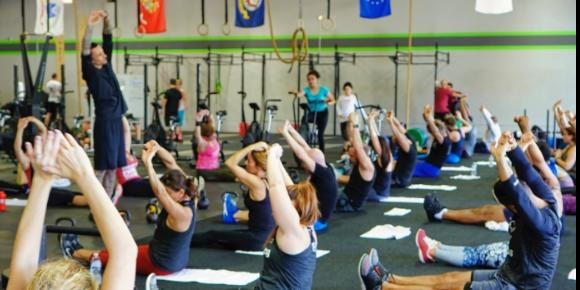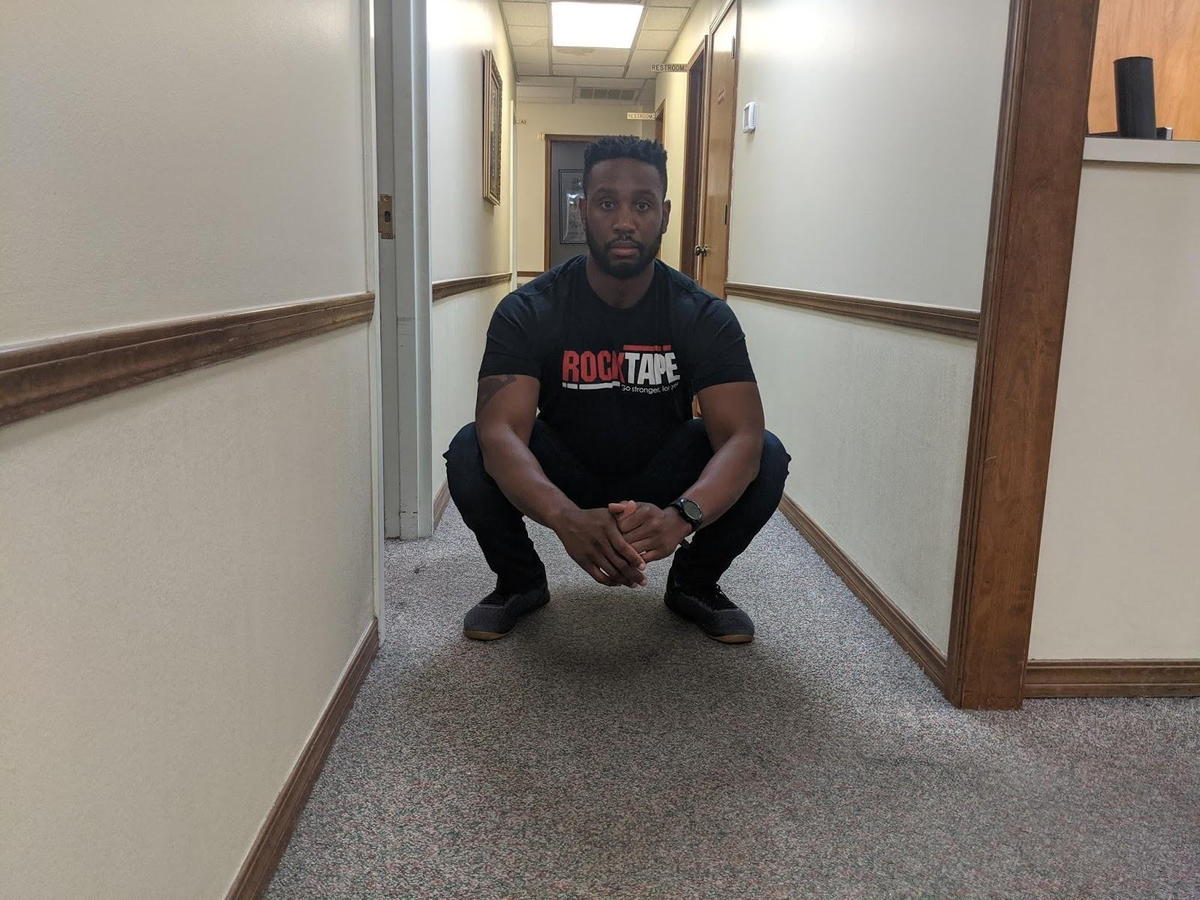
Recovery is one of the most important aspects of exercise. There are countless blogs, youtube pages and influencers with their own version on how to recover from anything fitness related. The good news, you don’t need to spend hours rummaging through blogs and videos to figure out what you need to do next to feel better. Throughout this article, I’m going to teach you some strategies to develop your own recovery plan.
Foam rolling
At this point, who doesn’t know what a foam roller is? But how many people really know how to use one? First things first: It’s not supposed to be hurt. Yes it can be uncomfortable, but it shouldn’t be painful. It’s one of the reasons why I always have my patients modify it at first, to add more pressure as they get more used to it. Essentially, you use the foam roller to compress a tissue for a desired outcome. It’s not going to break down any scar tissue, but it will help to flush a tissue and literally push out lactic acid. In addition, in some regions you can use it to mobilize different joints of the body.
I’ve never been big on trying to sell products to guys. But there are a few I recommend for their quality , specifically Rocktape and their family of products, which now includes Trigger Point. One of the reasons I love these companies is because of how much work they put into educating consumers on how to use their products. I’ll be posting some videos on foam rolling, but for right now, check out this video library from trigger point that goes over foam rolling different areas of your body.
Another way to get a similar stimulus in your body is to use a compression band like Rock Floss. The idea once again is to compress a tissue. When using a compression band the most important thing is how much tension is on the band. It should be tight, maybe a little uncomfortable but not painful. If you were to wrap your calf, your toes should not be purple. At most, you want to leave the compression band on for about one minute, then remove it for at least two minutes. This can even be combined with some form of movement.
Movement
One of my favorite sayings (and I can’t for the life of me remember where it came from) is “Motion is lotion, rest is rust”. Movement is usually the best medicine for many things. Look at back pain for example. You can Google back pain prevention and the majority of the results will be on exercise. Exercise is also one of the best ways to treat back pain (more on that here ). One of the best ways to get rid of that post-workout soreness is to move again. It doesn’t need to be complicated, it doesn’t need to be hard and you don’t need a lot of equipment.
For me, after a leg heavy workout or training phase ( like this, or this, or this) I’ll spend some time the next day moving purposely. I may start out in a deep squat, hanging out in the bottom of it. Shifting my center of gravity from one side to another and even dorsiflexing my ankles as far as I can. I may even run through a few sets of bootstrappers to loosen my legs up. The key here though is picking a movement that is not difficult. If you can’t get into a deep squat when your legs aren’t sore, don’t. It may be better to get in a lunge stance and feel things out.

One of my favorite positions to get into is a 90/90 recovery breathing position. I will simply just hang out here for a few minutes. The big key to this is pushing slightly into the wall and keeping my back flat against the ground. Focus on breathing through your stomach. In the position, it will relieve tension in your lumbar spine.
Weightlifting is another way to reduce pain soreness after a workout. The big take away here is you want to replicate some of the movements that caused the soreness but reduce the complexity of the movement and reduce the weight used. So say, for instance, you are feeling beat up after some heavy cleans. Doing light squats (say less than 50% of your 1rm) will bring those legs back. Or in the upper body if you did Murph (the most infamous CrossFit workout) earlier this week then good chance your feeling like you got in a fight and lost. Your whole body is screaming at you now. Hop in the rower for a few minutes. Spend about 5-10 minutes rowing with that damper turned down and row at an RPE of 2-4 or a pace where you can easily hold a conversation. Simply walking is a great recovery method. The whole idea of recovery is to get the heart pumping, blood moving through the body, and gently stretching those tight muscles. So whether it is taking a walk around the block, getting back in the gym the next day, yoga or running, just move again. It doesn’t need to be complicated.
Nutrition
Everyone’s favorite thing to talk about, and looking at my past few blogs I’ve ended each of them talking about nutrition in some way. Eating high quality, whole foods in balanced meals is the most important thing you can always do. In addition, proper hydration is key. The best way to hydrate is always water, but products like liquid IV are a great addition.
If you want anymore recovery tips, or have any other questions, don’t hesitate to reach out.
